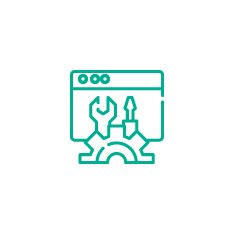Without a doubt, Flamingo Finance dominated the headlines in September, bringing many new people into the Neo ecosystem. Flamingo’s overarching goal is to bring the “missing pieces” of DeFi to the Neo blockchain. It’s full feature set is planned to include a cross-chain asset gateway, automated market making-based swaps, synthetic stablecoins, and AMM-based perpetual trading contracts.
Flamingo officially launched on September 23rd with Flamincome and Wrapper. Flamincome allows users to stake wETH, USDT, wBTC, and other ERC-20 tokens to generate a yield on the Ethereum network. Additionally, these ERC-20 assets are converted to synthetic nTokens on the Neo blockchain, which can be used to earn additional yields.
Wrapper is a cross-chain gateway with support for NEO, BTC, ETH, and ONT tokens, among others. Wrapper mints tokens based on Neo’s NEP-5 standard, making cross-chain assets available to Neo users and contracts.
Flamincome and Wrapper enabled the inflow of over US $100 million in assets onto Flamingo in under 24 hours, and at one point, surpassed US $1.5 billion. Users staked these assets in Flamingo’s Vault as part of the Mint Rush event, where over 50 million FLM tokens were distributed to contributors to the platform.
The massive influx of users meant that the launch was not without its challenges. However, the NGD-led Flamingo team and wider community worked hard throughout September, participating in AMAs, publishing guides, and staying highly connected with users to help with their queries.
On the Neo3 front, work continued as we moved towards Preview4, aiming for a release in November. Among the recent progress, several optimizations were implemented into the governance and economic model, while the asynchronous method was selected for Neo3’s oracle solution. Preview4 is currently planned to be the final milestone release before the Neo3 TestNet.
The full Neo global monthly report can be found below.

















